Nunu’s Cajun Seasoning: More Than Just Heat, It’s a Story on Your Plate
Spice lovers and culinary explorers, gather 'round! If you’ve ever wondered what magic lurks inside that bottle of Nunu’s Cajun Seasoning, you're in for a treat. This isn’t just another dusty bottle from the pantry—it’s a passport to flavor town with roots deep in Louisiana soil and soul.
In this article, we’ll explore how this bold blend became a global darling, why chefs swear by it (and sometimes scream at it), and most importantly—how YOU can use it like a pro without setting off the smoke alarm. Let’s dive into the heat!
Table of Contents
- The Roots of Cajun Flavor: From Bayou to Your Kitchen
- Breaking Down the Bottle: What’s Inside Nunu’s Cajun Seasoning?
- Pro Tips: How to Cook Like a Cajun Pro (Without Melting Your Mouth Off)
- Beyond Gumbo: Creative Ways to Use Cajun Seasoning Around the World
- Keep It Fresh or Lose the Fire: Storing Your Spice Right
- How Does Nunu’s Stack Up Against Other Cajun Blends?
- Final Thoughts: Why Nunu’s Cajun Seasoning is Worth the Burn
The Roots of Cajun Flavor: From Bayou to Your Kitchen
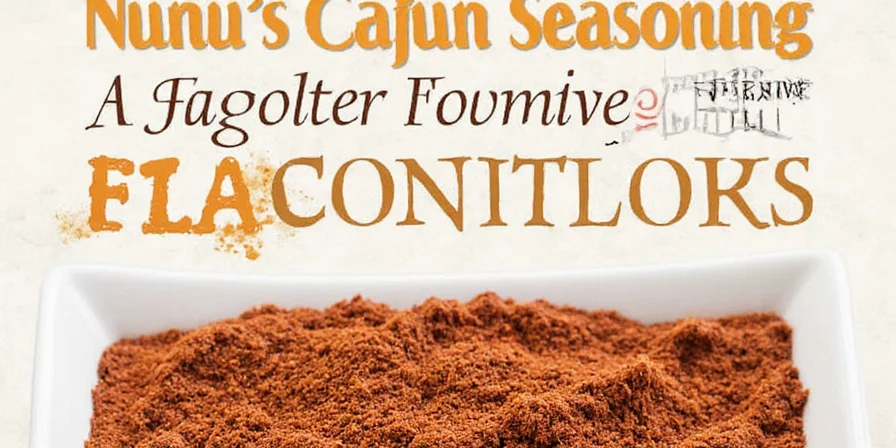
The story of Cajun seasoning begins not in a lab or factory, but in the muddy waters of the Louisiana bayou. Originally crafted by French-speaking Acadians who settled in Louisiana after being expelled from Canada, Cajun cuisine was born out of necessity, creativity, and an unwavering love for bold flavors.
Nunu’s Cajun Seasoning pays homage to those roots while adding a modern twist. Its unique balance of heat, salt, and earthiness makes it a go-to for both home cooks and professional chefs alike.
Breaking Down the Bottle: What’s Inside Nunu’s Cajun Seasoning?
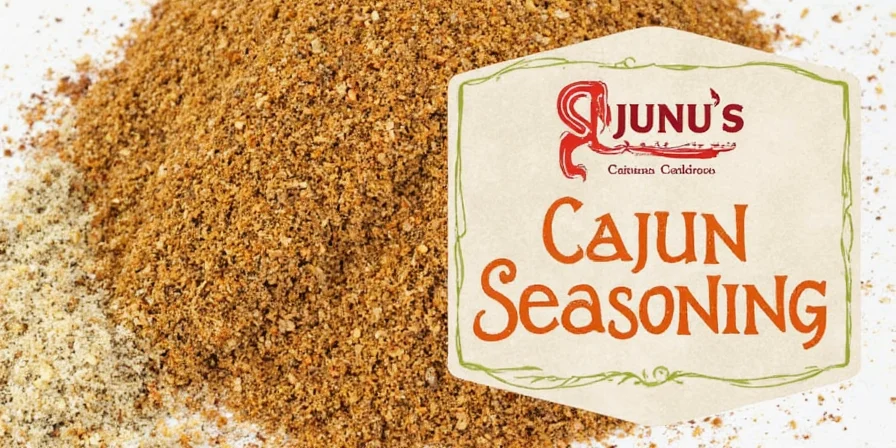
If you were to peek inside that iconic bottle of Nunu’s Cajun Seasoning, here’s what you’d find:
- Paprika: For that vibrant red color and sweet undertone.
- Garlic Powder: Because everything tastes better with garlic.
- Onion Powder: Adds depth and umami without the tears.
- Cayenne Pepper: The firestarter. Brings the heat.
- Black Pepper: Earthy warmth that balances the spice.
- Salt: Enhances all other flavors and keeps things savory.
- Thyme & Oregano: Herbs that give it that herbal lift Cajun food is known for.
Pro Tips: How to Cook Like a Cajun Pro (Without Melting Your Mouth Off)
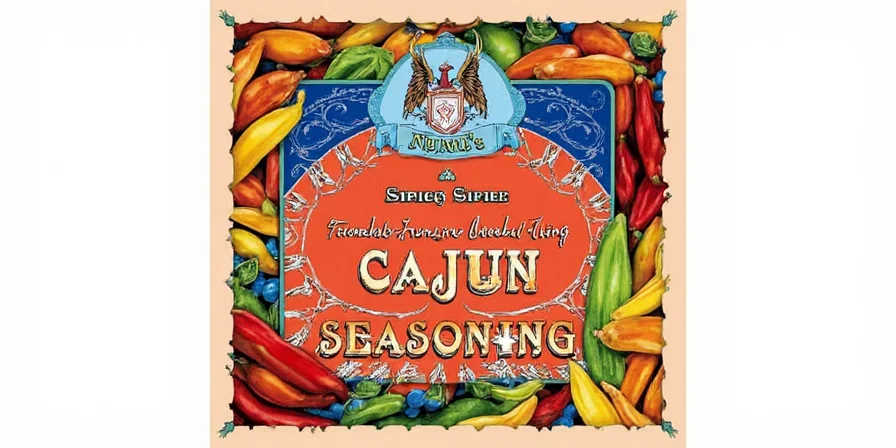
You don’t have to live near the Mississippi River to cook like a Louisianan legend. Here are some easy tips to make your dishes sing with that spicy, smoky Cajun soul:
- Rub It In: Don’t be shy. Generously rub the seasoning into meats like chicken, shrimp, or sausage before grilling or roasting.
- The Roux Rule: If making gumbo, toast flour and fat first, then add a few shakes of Nunu’s to deepen the flavor base.
- Eat with Emotion: Pair with crusty bread and a cold beer. Cajun food is best enjoyed with messy fingers and laughter.
- Dial It Back: If the heat gets too intense, add a dollop of sour cream or avocado to cool things down.
- Don’t Forget the Veggies: Try sprinkling on roasted cauliflower, potatoes, or even popcorn. Yes, popcorn.
Beyond Gumbo: Creative Ways to Use Cajun Seasoning Around the World
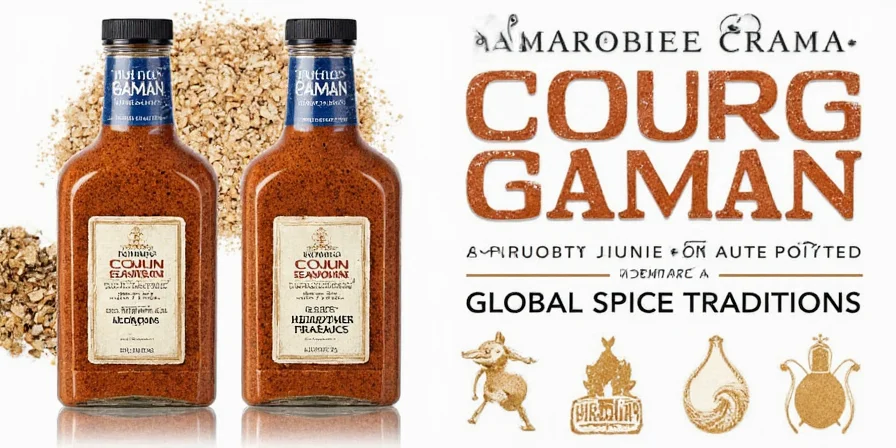
While traditionally used in Creole and Cajun dishes, Nunu’s Cajun Seasoning has found its way into kitchens far beyond Louisiana. Here are some globetrotting ideas to spark your inner spice alchemist:
- Mexican Twist: Add to taco meat or sprinkle over street corn.
- Asian Fusion: Mix into stir-fry sauces or dust on fried tofu bites.
- African Inspiration: Use in stews like jollof rice or tomato-based meat dishes.
- Middle Eastern Magic: Combine with olive oil and lemon for a spicy marinade on grilled eggplant or lamb kebabs.
- European Edge: Give pasta or risotto a kick with a dash before serving.
Keep It Fresh or Lose the Fire: Storing Your Spice Right
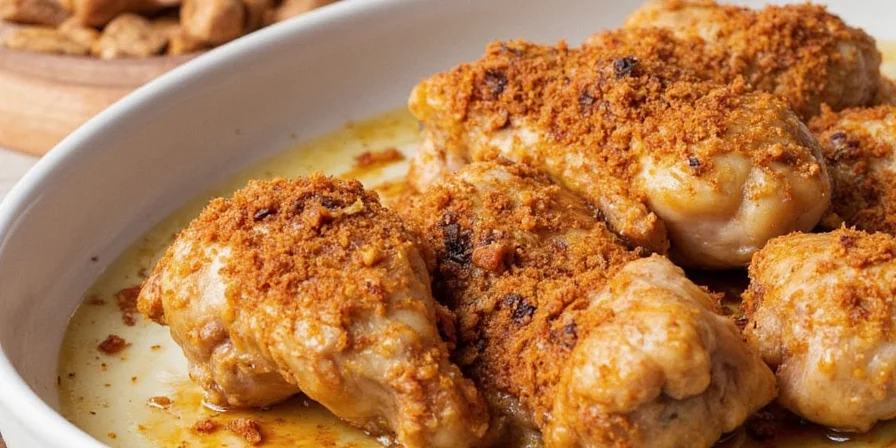
Your spices are only as good as their freshness. Here’s how to keep your Nunu’s Cajun Seasoning burning bright:
- Store in a Cool, Dry Place: Avoid direct sunlight or humidity—it dulls the flavor.
- Air-Tight Is Right-Tight: Use glass jars with tight lids if possible.
- No Freezer Needed: Unlike herbs, dried spices don’t need freezing. Keep it simple.
- Smell Test: If it doesn’t smell punchy anymore, it’s time to toss it and buy fresh.
How Does Nunu’s Stack Up Against Other Cajun Blends?
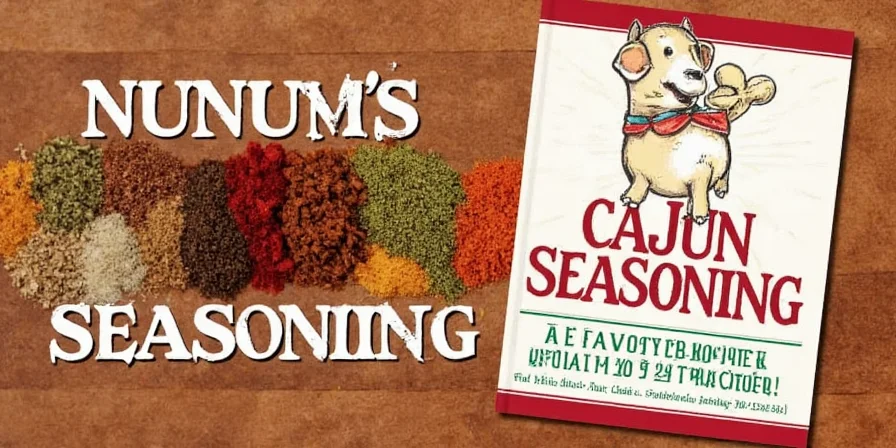
| Brand | Heat Level | Herbal Notes | Salt Content | Best For |
|---|---|---|---|---|
| Nunu’s Cajun Seasoning | Moderate-High | Thyme, Oregano | Balanced | All-purpose, especially meats |
| Old Bay Cajun | Low-Moderate | Mild herbs | High | Seafood boils |
| Tony Chachere’s Original | High | Minimal | Very High | Creole-style cooking |
| Zatarain’s | Low | Basic blend | Medium | Kids-friendly meals |
Final Thoughts: Why Nunu’s Cajun Seasoning is Worth the Burn
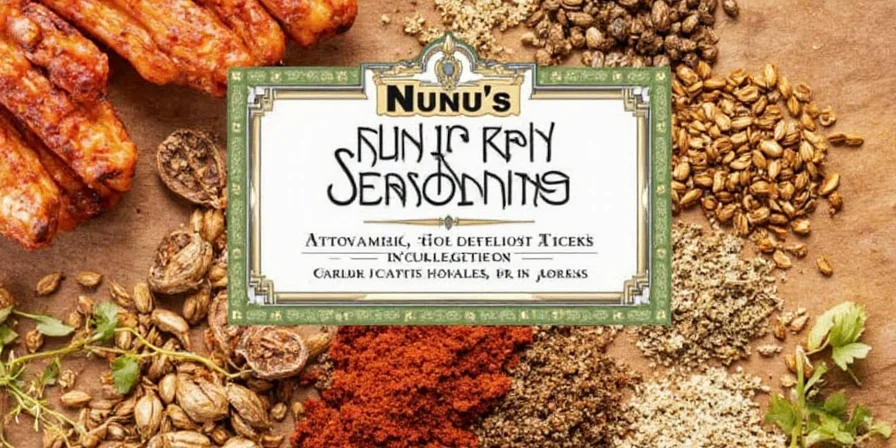
In a world full of bland powders and copycat blends, Nunu’s Cajun Seasoning stands tall like a proud gumbo pot boiling over with character. Whether you’re simmering a one-pot wonder or jazzing up a weeknight stir-fry, this spice blend brings the heat—and the heart.
From its humble beginnings in Louisiana to its growing presence on global shelves, Nunu’s reminds us that great food isn’t just about technique—it’s about tradition, personality, and a little bit of courage to shake things up. So next time you reach for the spice rack, don’t just grab any old shaker… choose the one that tells a story.
And remember: life’s too short for boring food. Shake generously, taste boldly, and enjoy every fiery bite.

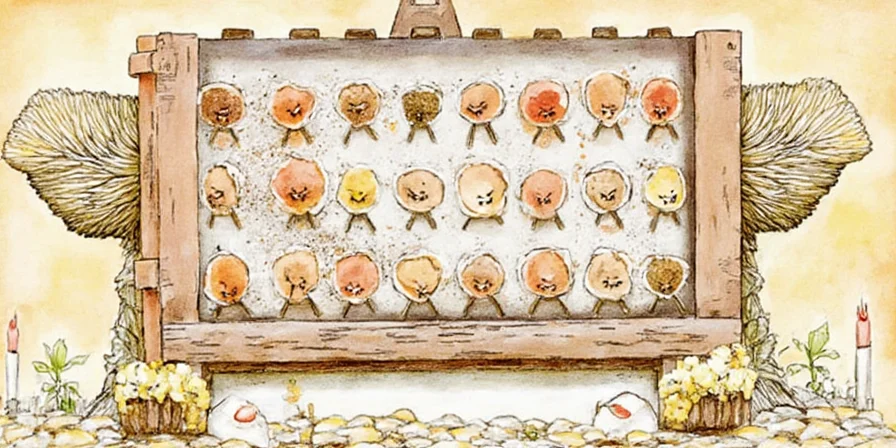









 浙公网安备
33010002000092号
浙公网安备
33010002000092号 浙B2-20120091-4
浙B2-20120091-4